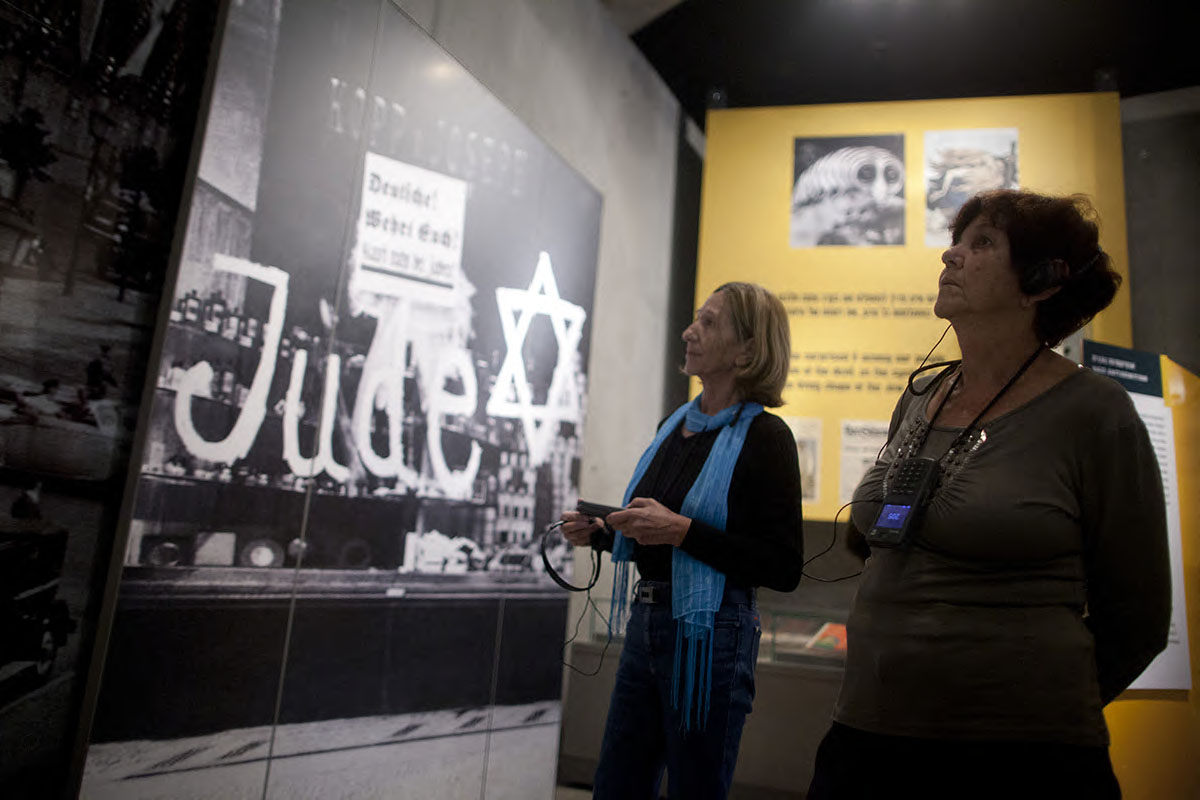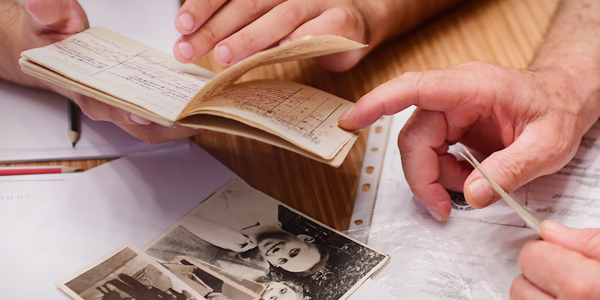.jpg?itok=-wcguXE-)
.jpg?itok=ylgXOexf)
Sunday to Thursday: 09:00-17:00
Fridays and Holiday eves: 09:00-14:00
Yad Vashem is closed on Saturdays and all Jewish Holidays.
Entrance to the Holocaust History Museum is not permitted for children under the age of 10. Babies in strollers or carriers will not be permitted to enter.
.jpg?itok=-wcguXE-)
.jpg?itok=ylgXOexf)
The ninth gallery is dedicated exclusively to the She’erit Hapleita (lit. the surviving remnant), many of whom felt “liberated but not free”, as one survivor put it. The survivors lived between memory and hope; between the loss, the anguish, the hatred and the distress on the one hand, and the struggle to rehabilitate their lives and create a new future, on the other. This tension is the focal point of the exhibit.
The display examines the processes the survivors underwent: searching for family members, coping with the loss, looking for missing children and setting up orphanages, fleeing from the antisemitism rampant in Poland even after the Holocaust; living in the DP camps in Germany and leaving them for assorted destinations – mainly Eretz Israel.
One of the gallery’s centerpieces is an original hut from a DP camp in Germany. Here, the visitor will feel the vitality that characterized the world of the She’erit Hapleita, and manifested itself in building families and bringing children into the world, as well as the development of a diverse religious and cultural existence. The She’erit Hapleita felt an overwhelming affinity for Zionism as a result of their experiences during the war. They became increasingly convinced of the importance of finding a territorial solution for the Jewish people in Eretz Israel, and of the necessity for the nations of the world to act justly, and to open the doors of Eretz Israel as well as other countries, for the purpose of welcoming survivors.
Political reality forced the She’erit Hapleita to withstand the tribulations of illegal immigration, and life in more camps – this time, DP camps in Cyprus.
The display concludes with an audio-visual presentation: “The Tension Between Memory and Hope”, depicting the key elements of this complex topic.

Thank you for registering to receive information from Yad Vashem.
You will receive periodic updates regarding recent events, publications and new initiatives.

"The work of Yad Vashem is critical and necessary to remind the world of the consequences of hate"
Paul Daly
#GivingTuesday
Donate to Educate Against Hate


Worldwide antisemitism is on the rise.
At Yad Vashem, we strive to make the world a better place by combating antisemitism through teacher training, international lectures and workshops and online courses.
We need you to partner with us in this vital mission to #EducateAgainstHate
The good news:
The Yad Vashem website had recently undergone a major upgrade!
The less good news:
The page you are looking for has apparently been moved.
We are therefore redirecting you to what we hope will be a useful landing page.
For any questions/clarifications/problems, please contact: webmaster@yadvashem.org.il
Press the X button to continue



